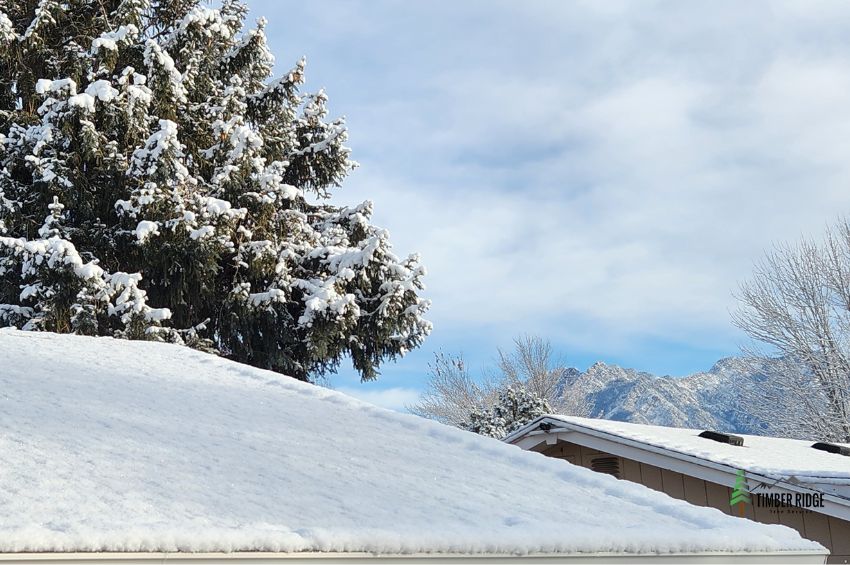
It is common for trees across landscapes to bear the brunt of snow accumulation as winter approaches. This can result in substantial structural stress and potential damage to the trees. The identification of tree weaknesses prior to their escalation into emergencies is of the utmost importance in the preservation of a safe and healthy environment.
When it comes to snow load, certain species are more susceptible than others according to the physical qualities they possess. For instance, trees that have a broad and flat crown, such as the elm, or trees that have weak wood, such as some poplars, can struggle to withstand the weight of heavy snow and ice. It is possible for conifers to incur damage even under harsh conditions, particularly if they have not been well managed. Conifers are normally more resistant to those conditions.
Cracks in the trunk or major limbs of trees, branches that are dead or dangling, and a perceptible lean that was not present before are all warning signals that indicate the tree may be weak or unstable. In addition, trees that have not fully recovered from various stressors in the past, such as droughts or diseases, are more susceptible to winter tree damage.
Ongoing maintenance is crucial to prevent tree weaknesses from escalating to collapse. Regular pruning helps to reduce the surface area upon which snow and ice can accumulate. It is also essential to ensure that trees are properly watered and fertilized during the growing season, increasing their resilience against winter stresses. It is recommended that property owners who are uncertain about the stability of their trees seek the advice of arboricultural professionals. These experts are able to conduct assessments, prune branches that are fragile in a safe manner, and make recommendations for treatments or bracing for trees that are in danger.
Not only does taking preventative measures to ensure the health and stability of trees minimize the risk of damage to property, but it also helps to preserve the natural beauty of trees and the advantages they offer to our environment.